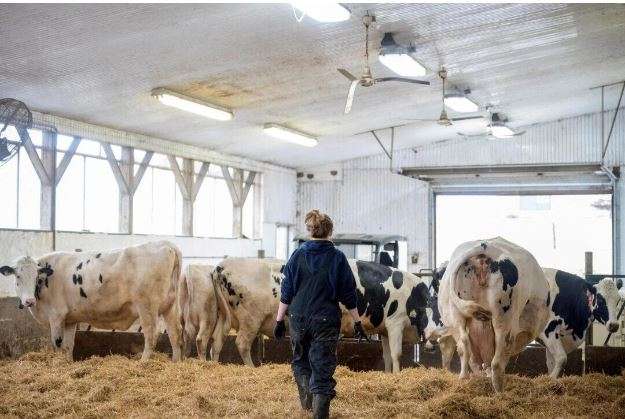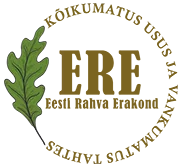Authored by Zachary Stieber via The Epoch Times (emphasis ours),
Officials in the United States, Canada, and Europe are considering the vaccination of workers and others against the highly pathogenic avian influenza.
The U.S. government is “looking closely” at the possibility of vaccinating farm workers and others in close contact with the virus, according to Dawn O’Connell, the assistant secretary for preparedness and response at the U.S. Administration for Strategic Preparedness and Response.
Angela Rasmussen, a virologist at the University of Saskatchewan, said she has been in discussions with U.S. and Canadian officials about using vaccines to protect workers after the influenza, or bird flu, jumped from birds to cattle.
The first cases of H5N1, a strain of the flu, in cattle were detected earlier this year, although some scientists say available evidence points to the cases cropping up in late 2023.
Discussions about using vaccines to try to prevent a pandemic are ongoing at the government level and among scientists in several places, including the UK, said Wendy Barclay, chair in influenza virology at University College London, who also researches avian flu for the UK Health Security Agency.
The UK government did not comment but said it is monitoring the situation in the United States.
In the European Union, the European Commission’s Health Emergency Preparedness and Response Authority is working on a joint procurement of CSL Seqirus’s vaccine to “potentially prevent a pandemic” sparked by individuals exposed to infected birds and animals, spokesman Stefan De Keersmaecker said.
A spokeswoman for CSL, which has contracts for pandemic influenza vaccines with 30 governments, said the company has been in talks with several governments about procuring vaccines since 2022.
The U.S. Food and Drug Administration approved a CSL influenza A vaccine in 2020, based largely on immunogenicity and safety results from a small clinical trial of 319 people.
Dr. Peter McCullough, an epidemiologist based in Texas, said on the social media platform X that without larger trials, it’s not possible to know whether the vaccine is safe or effective in humans.
The formulation for the CSL shot has been updated to more closely match the bird flu, which is an influenza A virus.
U.S. officials said recently that they’re planning to produce 4.8 million doses of the updated CSL vaccine. European health officials also said they were in talks to acquire CSL’s shot.
Canadian health officials said they have met with GSK, maker of Canada’s seasonal flu shots, to discuss acquiring and manufacturing a prepandemic bird flu vaccine.
The United States is in talks with Pfizer and Moderna, which make messenger ribonucleic acid (mRNA) COVID-19 vaccines, about potential pandemic vaccines.
University of Pennsylvania researchers said in a May 23 paper that their experimental mRNA bird flu vaccine performed well in preclinical testing in ferrets.
Since the bird flu cases in cattle were first detected, cases have been confirmed in 63 herds across nine states, including Colorado, Michigan, and South Dakota, according to the U.S. Department of Agriculture.
Human cases
Two cases in humans—one in Michigan and one in Texas—have also been confirmed. Both have since recovered. Analysis of virus samples from the patients showed high similarities to the virus spreading in cows.
Richard Webby, a St. Jude Children’s Research Hospital virologist who studies flu in animals and birds for the World Health Organization, said the situation in dairy cattle merits vaccine use.
“If we look at the exposure levels that some of these farmers are getting, it’s high,” Mr. Webby said.
The decision on how and when to use the vaccine will hinge on evidence of increased transmission, severity of disease, cases in people with no link to a dairy farm, and mutations in the virus, U.S. Centers for Disease Control and Prevention (CDC) Principal Deputy Director Nirav Shah said.
The agency says on its website that the government is developing bird flu vaccines “in case they are needed.”
Human exposure to the virus in poultry and dairy operations could increase the risk that the virus will mutate and gain the ability to spread easily in people. Vaccines that perform poorly can also increase that risk.
So far, only one change has been detected in the human cases, the CDC said on May 24.
“These data indicate viruses detected in both cows and the two human cases maintain primarily avian genetic characteristics and lack changes that would make them better adapted to infect or transmit between humans,” the agency stated.
For now, CDC officials say the best way to avoid bird flu is to stay away from infected animals, fluids, and feces.
Workers who must come into contact with animals are advised to wear protective equipment and monitor themselves for symptoms, which include fatigue.
People who do become sick can take influenza antivirals, which are more effective when received shortly after symptoms develop.
Health officials also recommend cooking eggs and poultry to at least 165 degrees Fahrenheit, cooking beef to appropriate temperatures, and only consuming pasteurized milk.
Testing of beef found a surrogate virus was still present in burgers cooked rare, according to the Department of Agriculture. High levels of bird flu virus have been detected in raw milk. Some pasteurized samples tested positive, but further testing showed no viable virus, according to the Food and Drug Administration.







